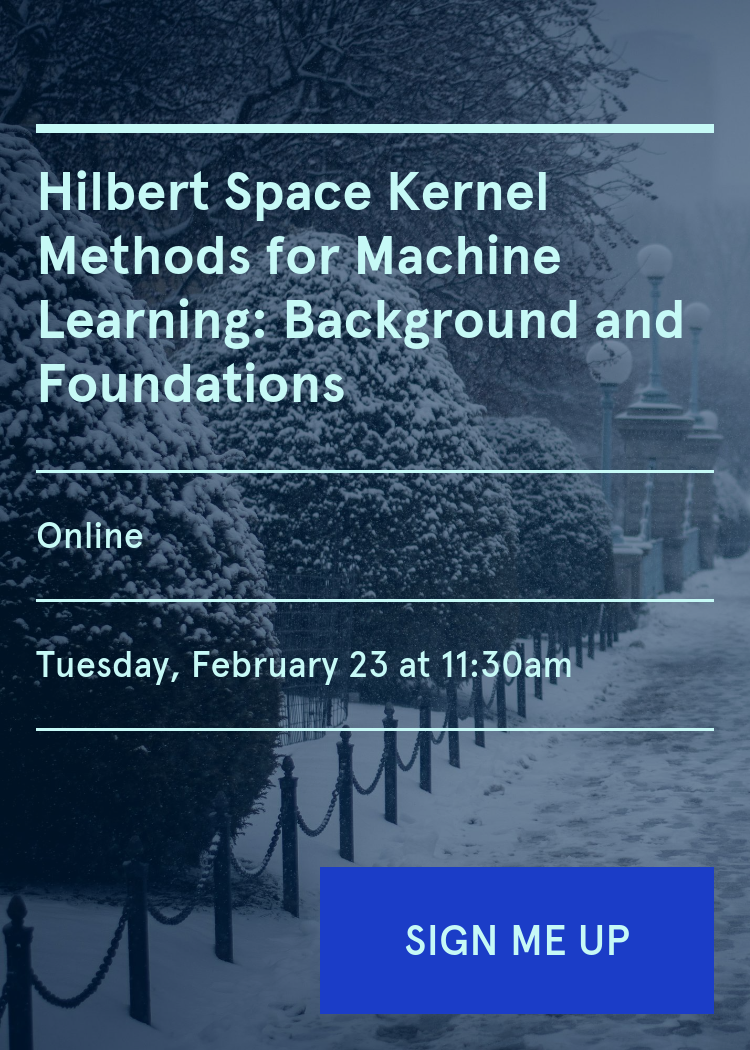Daniel Duffy
C++ author, trainer
- Joined
- 10/4/07
- Messages
- 10,838
- Points
- 648
Background
I have been an external supervisor at the University of Birmingham since 2014 for MSc students who research and produce a thesis in the summer months June-September. The focus is on analysing a financial model, approximate it using numerical methods and then producing working code in C++ (or Python). Summarising, students have three months to produce useful results.
We take two theses which we hope are interesting to those working in computational finance. The results in these theses can be generalised to other related problems such as:
Daniel J. Duffy is mathematician, software designer and coach/trainer. He has a PhD from the University of Dublin, Ireland (Trinity College).
DALVIR MANDARA
This thesis is concerned with the application of artificial neural networks (ANN) to price options under the Black Scholes (BS) model and an ANN-based framework to predict implied volatility generated by the SABR stochastic volatility model. The experiments show that the ANN architecture is able to predict the price of call options under BS as well as to predict individual implied volatility and implied volatility surfaces under the normal and log-normal SABR models.
An important part in the thesis is the application of the promising image-based implicit method (Horvath et al 2019) which uses a grid of input values in contrast to traditional neural network setups in which input vectors map to a single output. The thesis discusses the benefits of this new method, learning non-linear relationships being one of them.
This thesis can be seen as a serious work on applying and integrating Machine Learning and computational finance. It is very well written and all supervisor’s suggestions were taken on board (cross-validation, K-folds, Figure 0.1) and in a timely fashion. Some of the results are original and future research is a possibility. The programming language used is Python.
The main result is to show how ML can be used for option pricing and implied volatility calculation. It is of interest to quantitative analysts and developers.
MATT ROBINSON
This thesis introduces and elaborates on how to approximate option and bond price sensitivities (Black Scholes and Cox-Ingersoll-Ross (CIR) models) in a variety of ways. In general, option price depends on time and on the underlying stock variables as well as on a number of parameters such as volatility, interest rate and strike. The rate of change of the option price with respect to these quantities is computed (in the main, the first and second derivatives).
The thesis discusses a wide range of techniques to compute sensitivities. For example, if an analytic expression for the option is known then we can differentiate the formula or we can apply the Complex Step Method (CSM) to compute the sensitivity. Another popular method is Automatic Differentiation (AD). Continuing, it is possible to discretize the PDE to compute an approximate option price as an array and from there compute option delta and gamma using divided differences or cubic splines. For other sensitivities (such as vega, for example) this approach does not work and then the Continuous Sensitivity Equation (CSE) method is used which allows us to write the sensitivity as the solution of an initial boundary value problem for a Black-Scholes type PDE. The student also discovered new research topics as the project progressed such as well-posedness of the PDEs resulting from CSE and cases in which a PDE can have multiple solutions.
The thesis is well written; the topics have been properly researched and documented. The programming language used is C++11 and the design patterns and state-of-art methods for PDE/FDM in the book Financial Instrument Pricing using C++, 2nd edition, 2018 (John Wiley) are applied and extended.
The main result is to show how PDE models can be used to calculate option sensitivities using a range of robust and accurate numerical methods.
(A third is concerned with the application of artificial neural networks (ANN) to price options under the Black Scholes (BS) model and the Heston stochastic volatility model. In both models the analytical solution is used to produce the training data. It will be published elsewhere.)
See below on where to download these two theses.
Dalvir Mandara Artificial Neural Networks for Black-Scholes Option Pricing and Prediction of Implied Volatility for the SABR Stochastic Volatility Model
Matt Robinson Sensitivities: A Numerical Approach
//
This full text etc. is also to be found here
 www.datasim.nl
www.datasim.nl
I have been an external supervisor at the University of Birmingham since 2014 for MSc students who research and produce a thesis in the summer months June-September. The focus is on analysing a financial model, approximate it using numerical methods and then producing working code in C++ (or Python). Summarising, students have three months to produce useful results.
We take two theses which we hope are interesting to those working in computational finance. The results in these theses can be generalised to other related problems such as:
- The Heston model (analytical solution and Yanenko Splitting and Alternating Explicit (ADE) methods).
- Using (Gaussian) Radial Basis Functions instead of traditional Backpropagation to compute neural network weights.
- A mathematical, numerical and computational analysis of the Continuous Sensitivity Equation (CSE) method.
- Parallel software design for ML/PDE applications.
Daniel J. Duffy is mathematician, software designer and coach/trainer. He has a PhD from the University of Dublin, Ireland (Trinity College).
DALVIR MANDARA
This thesis is concerned with the application of artificial neural networks (ANN) to price options under the Black Scholes (BS) model and an ANN-based framework to predict implied volatility generated by the SABR stochastic volatility model. The experiments show that the ANN architecture is able to predict the price of call options under BS as well as to predict individual implied volatility and implied volatility surfaces under the normal and log-normal SABR models.
An important part in the thesis is the application of the promising image-based implicit method (Horvath et al 2019) which uses a grid of input values in contrast to traditional neural network setups in which input vectors map to a single output. The thesis discusses the benefits of this new method, learning non-linear relationships being one of them.
This thesis can be seen as a serious work on applying and integrating Machine Learning and computational finance. It is very well written and all supervisor’s suggestions were taken on board (cross-validation, K-folds, Figure 0.1) and in a timely fashion. Some of the results are original and future research is a possibility. The programming language used is Python.
The main result is to show how ML can be used for option pricing and implied volatility calculation. It is of interest to quantitative analysts and developers.
MATT ROBINSON
This thesis introduces and elaborates on how to approximate option and bond price sensitivities (Black Scholes and Cox-Ingersoll-Ross (CIR) models) in a variety of ways. In general, option price depends on time and on the underlying stock variables as well as on a number of parameters such as volatility, interest rate and strike. The rate of change of the option price with respect to these quantities is computed (in the main, the first and second derivatives).
The thesis discusses a wide range of techniques to compute sensitivities. For example, if an analytic expression for the option is known then we can differentiate the formula or we can apply the Complex Step Method (CSM) to compute the sensitivity. Another popular method is Automatic Differentiation (AD). Continuing, it is possible to discretize the PDE to compute an approximate option price as an array and from there compute option delta and gamma using divided differences or cubic splines. For other sensitivities (such as vega, for example) this approach does not work and then the Continuous Sensitivity Equation (CSE) method is used which allows us to write the sensitivity as the solution of an initial boundary value problem for a Black-Scholes type PDE. The student also discovered new research topics as the project progressed such as well-posedness of the PDEs resulting from CSE and cases in which a PDE can have multiple solutions.
The thesis is well written; the topics have been properly researched and documented. The programming language used is C++11 and the design patterns and state-of-art methods for PDE/FDM in the book Financial Instrument Pricing using C++, 2nd edition, 2018 (John Wiley) are applied and extended.
The main result is to show how PDE models can be used to calculate option sensitivities using a range of robust and accurate numerical methods.
(A third is concerned with the application of artificial neural networks (ANN) to price options under the Black Scholes (BS) model and the Heston stochastic volatility model. In both models the analytical solution is used to produce the training data. It will be published elsewhere.)
See below on where to download these two theses.
Dalvir Mandara Artificial Neural Networks for Black-Scholes Option Pricing and Prediction of Implied Volatility for the SABR Stochastic Volatility Model
Matt Robinson Sensitivities: A Numerical Approach
//
This full text etc. is also to be found here
Blogs :: Datasim
Last edited:

